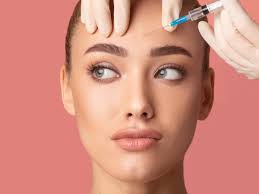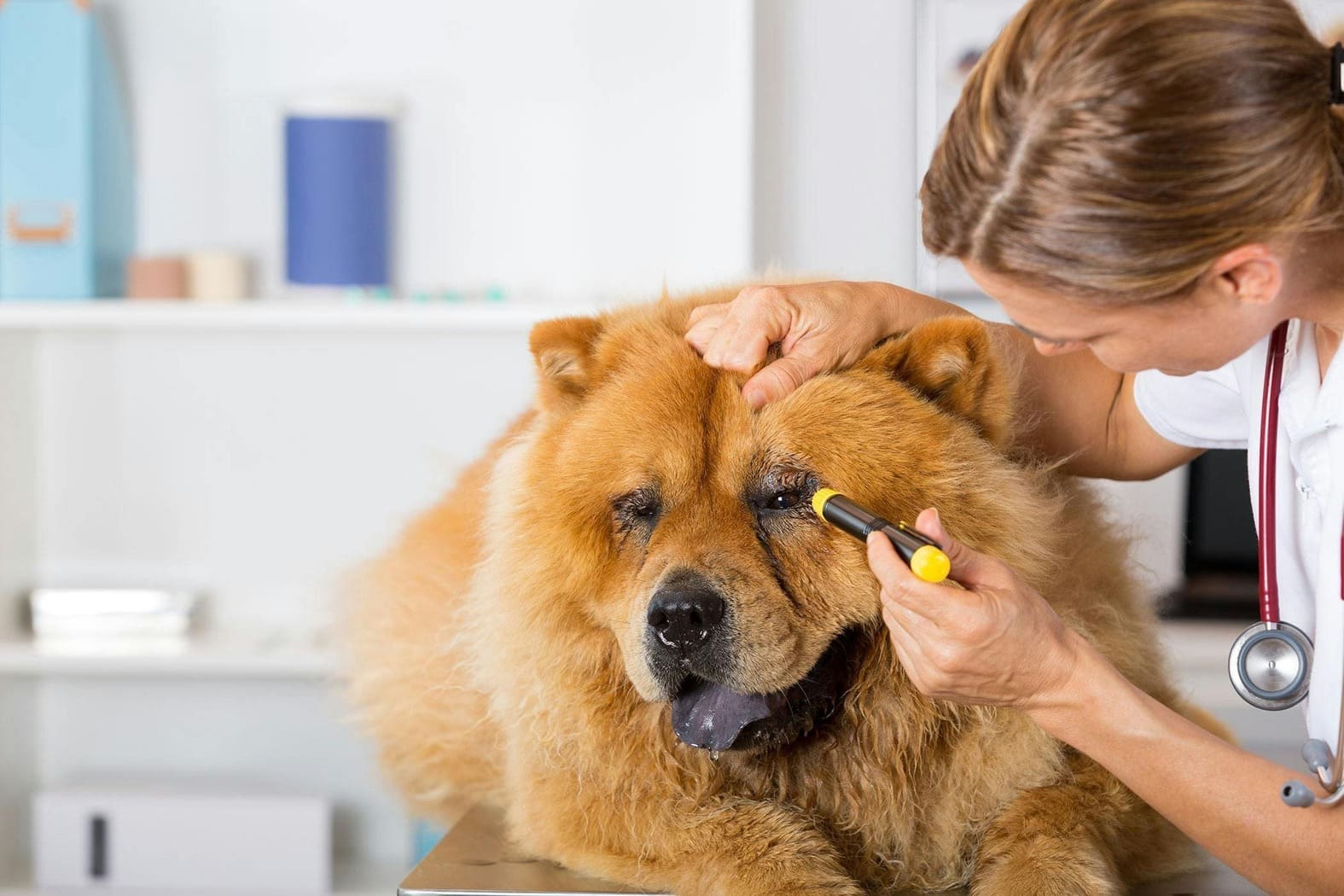
In the realm of cosmetic treatments, Botox stands out as a beacon of innovation, offering a non-surgical solution to the age-old quest for youthfulness. This article aims to shed light on the science behind Botox, its myriad benefits, and the considerations one should take into account when opting for this treatment.
Botox: A Scientific Overview
Botox, or Botulinum toxin, is a neurotoxic protein produced by the bacterium Clostridium botulinum. In the world of cosmetics, it's used in small, controlled doses to temporarily reduce the appearance of facial wrinkles. The toxin works by blocking the nerve signals that cause muscles to contract, resulting in a smoother and more relaxed appearance of the skin.
The Multifaceted Benefits of Botox
Botox's popularity is not without reason; its benefits extend beyond mere aesthetics:
• Wrinkle Reduction: Botox is most commonly used to diminish the appearance of facial wrinkles, particularly those on the forehead, around the eyes (crow's feet), and between the eyebrows (frown lines).
• Preventative Anti-Aging: When used regularly, Botox can prevent the deepening of wrinkles over time, serving as a preventative measure against more pronounced signs of aging.
• Medical Applications: Beyond cosmetics, Botox has therapeutic applications, including treating conditions like chronic migraines, excessive sweating (hyperhidrosis), and muscle spasms.
The Botox Procedure: What to Expect
The Botox treatment process is straightforward and relatively quick. After a consultation to discuss your goals and assess your facial structure, the healthcare provider will administer Botox via a series of injections using a fine needle. The procedure typically takes no more than 20 minutes, and patients can usually resume normal activities immediately afterward.
Recovery and Results
Post-treatment, some patients may experience mild side effects such as bruising or swelling at the injection sites, but these are temporary. The full effects of Botox are visible within one to two weeks and can last between three to six months, after which the treatment can be repeated.
Choosing the Right Practitioner
The key to a successful Botox treatment lies in the hands of the practitioner. It's imperative to choose a licensed and experienced professional who understands facial anatomy and can deliver natural-looking results. A thorough consultation before the procedure is essential to ensure that your expectations align with what Botox can realistically achieve.
Potential Risks and Side Effects
While Botox is considered safe, it's not without potential risks. Adverse effects can include headaches, drooping eyelids, facial asymmetry, or, in rare cases, more serious complications if the toxin spreads beyond the treatment area. It's crucial to discuss any concerns and your medical history with your healthcare provider before proceeding with the treatment.
Conclusion
Botox has cemented its place in the cosmetic industry as a trusted ally against the signs of aging. Its ability to smooth wrinkles and prevent their progression, coupled with its minimal downtime, makes it an attractive option for many. However, it's important to approach Botox with realistic expectations and to prioritize safety by selecting a qualified practitioner. With the right approach, Botox can be a powerful tool in the pursuit of a refreshed and rejuvenated appearance.
In essence, Botox serves as a testament to the advancements in cosmetic science, providing individuals with a non-invasive option to enhance their natural beauty and combat the inevitable march of time. Whether seeking to address specific aesthetic concerns or exploring preventative treatments, Botox offers a versatile solution that continues to evolve and impress within the beauty sphere.




